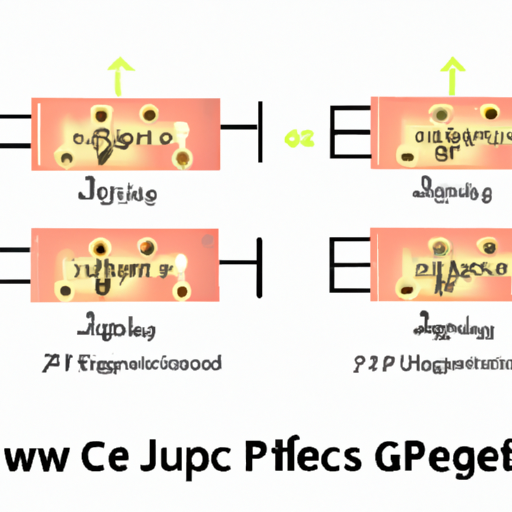| 1. Introduction to JFETs | |
| 2. Operating Principles of JFETs | |
| 3. Comparison of JFETs with Other FETs | |
| 4. Noise Performance of JFETs | |
| 5. Temperature Stability in JFETs | |
| 1. Audio Amplifiers | |
| 2. RF Amplifiers | |
| 3. Analog Switches | |
| 4. Sensor Interfaces | |
| 5. Voltage Regulators |

The ECQ-P1H333GZ JFET exemplifies the versatility and effectiveness of JFET technology across a range of applications. Its high input impedance, low noise characteristics, and thermal stability make it a valuable component in audio, RF, and sensor applications. By understanding the core principles of JFET operation and exploring practical applications, engineers can leverage this technology to create innovative designs and enhance performance in electronic systems.
| 1. Introduction to JFETs | |
| 2. Operating Principles of JFETs | |
| 3. Comparison of JFETs with Other FETs | |
| 4. Noise Performance of JFETs | |
| 5. Temperature Stability in JFETs | |
| 1. Audio Amplifiers | |
| 2. RF Amplifiers | |
| 3. Analog Switches | |
| 4. Sensor Interfaces | |
| 5. Voltage Regulators |

The ECQ-P1H333GZ JFET exemplifies the versatility and effectiveness of JFET technology across a range of applications. Its high input impedance, low noise characteristics, and thermal stability make it a valuable component in audio, RF, and sensor applications. By understanding the core principles of JFET operation and exploring practical applications, engineers can leverage this technology to create innovative designs and enhance performance in electronic systems.




